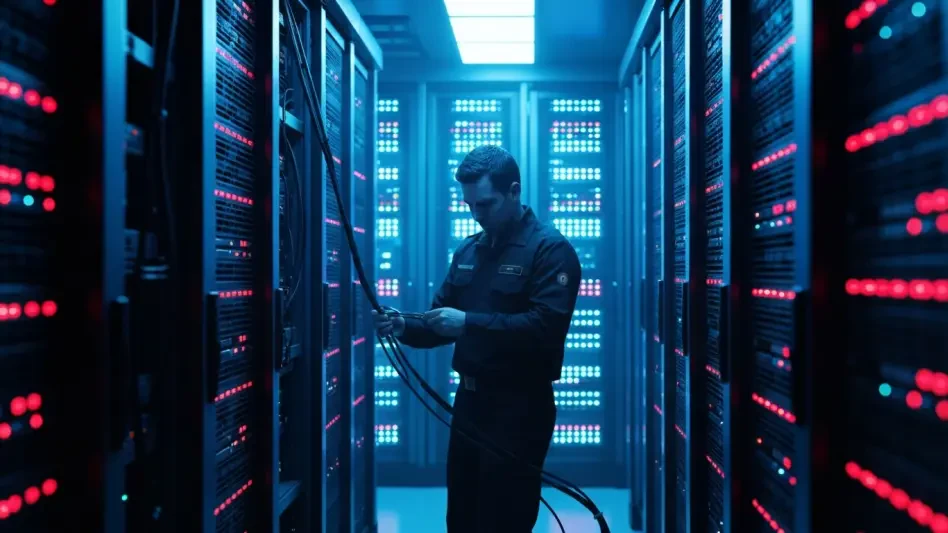The ever-evolving landscape of cybersecurity is reaching a pivotal juncture, with industry leaders like CrowdStrike and Microsoft rallying to address longstanding inconsistencies in threat group naming. As different vendors employ varied nomenclatures, the resulting confusion hampers threat defense strategies. This collaboration signifies a move aimed at standardizing terminology and improving overall threat management effectiveness.
Addressing the Complexity of Cyber Threat Naming
In a rapidly advancing industry, the need for a cohesive threat identification process grows pressing. Vendors have historically employed unique naming conventions to distinguish their proprietary insights. Yet, this has spurred challenges in creating unified defense strategies. By coming together, CrowdStrike and Microsoft aim to overcome these barriers, providing a blueprint for other companies to follow.
Analyzing Current Trends and Predicting Future Directions
Collaborative Efforts to Unify Nomenclature
CrowdStrike and Microsoft’s joint initiative represents a significant step forward. Their collaboration not only aligns over 80 threat group names but also sets a precedent for industry resilience. By opting for common identifiers, cybersecurity vendors can streamline communication, fortify threat intelligence exchanges, and ultimately enhance reaction times to cyber threats. This aligned approach promises significant benefits, such as diminished response delays and improved threat actor attribution, which bolsters global cybersecurity defenses.
Navigating Competitive Pressures in Cybersecurity
While collaboration paves the way for greater unity, the competitive arena remains pronounced. Companies have vested interests in maintaining unique threat names as a mark of their proprietary intelligence. Standardization, nonetheless, presents fresh opportunities for forming collective defense agreements. Although some businesses may resist relinquishing their perceived ownership of threat intelligence, aligning on a shared set of identifiers could result in comprehensive defense mechanisms.
The Global Challenge: Unifying Diverse Perspectives
Global intricacies, such as regional naming conventions, further complicate universal standardization efforts. Diverse threat landscapes across regions introduce additional variables. Innovations like artificial intelligence-driven analytics can bridge these gaps, aligning threat insights across borders. As highlighted by experts, appreciating these global distinctions and engaging in informed dialogue is essential for harmonizing threat data and understanding the broader impact of unified naming.
Future Outlook on Cyber Threat Management
Emerging technologies, such as AI-powered analytics and collective intelligence platforms, are redefining cybersecurity strategies. As industries gravitate toward standardization, regulatory frameworks may evolve to accommodate these advancements. Experts anticipate that ongoing collaboration will bolster adaptability and efficiency in countering cyber threats, creating a more unified front against digital adversaries.
Strategic Insights for Moving Forward
This collaborative venture underlines the importance of standardizing threat nomenclature. Companies and cybersecurity professionals should prioritize adopting best practices for integrating cross-referenced intelligence, valuing cooperation over competition. Embracing standardized threat names can elevate threat response capabilities, refine defense strategies, and fortify industry-wide resilience.
Reflecting on Long-term Impacts and Strategic Recommendations
The concerted effort to streamline threat group naming conventions marks a transformative step toward resolving enduring issues within cybersecurity. By fostering industry-wide cooperation, companies ensure that they develop robust and agile defense strategies to counter evolving cyber challenges effectively. As the cybersecurity sector matures, enhancing communication and unifying threat intelligence proves crucial in efficiently managing cyber threats and achieving a cohesive defense network against future adversaries.








